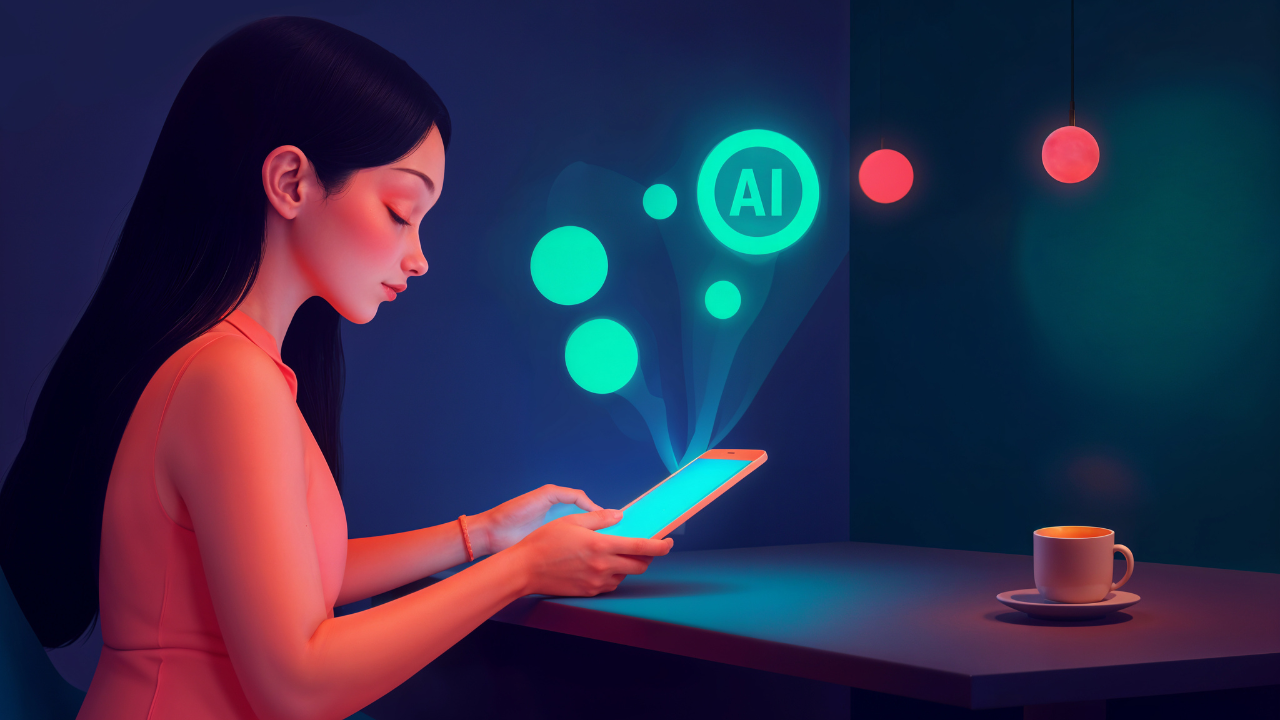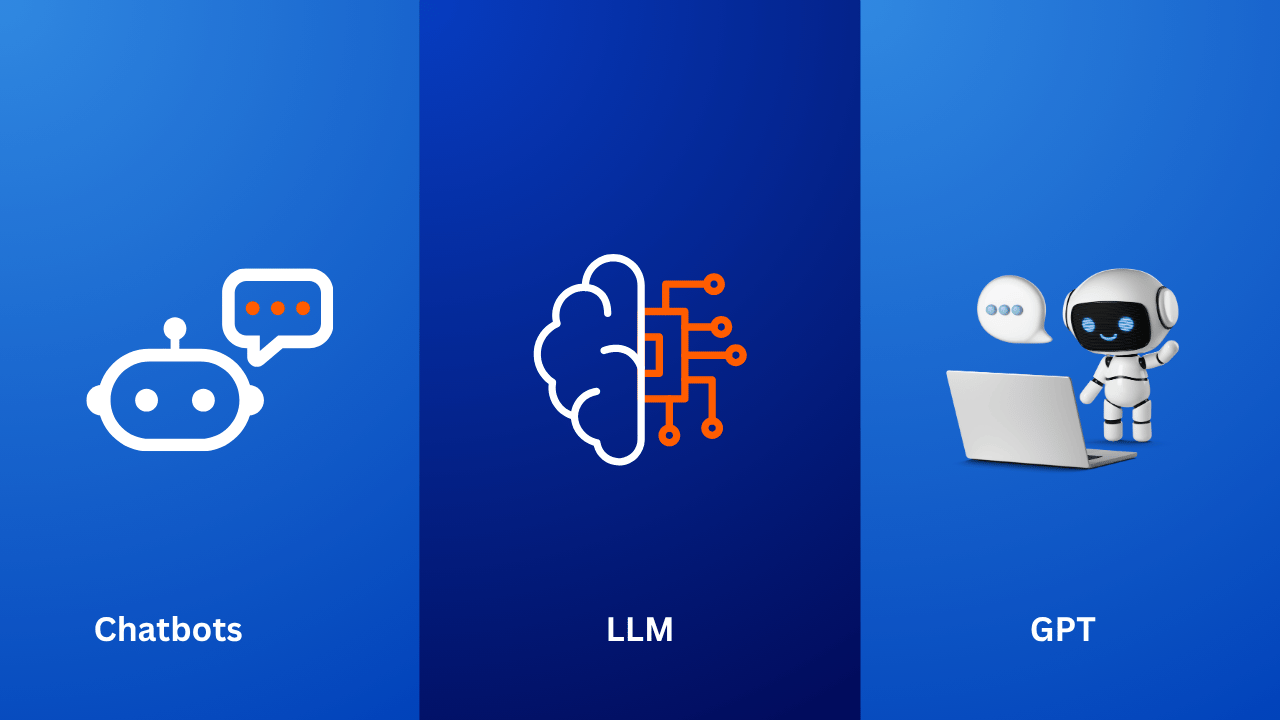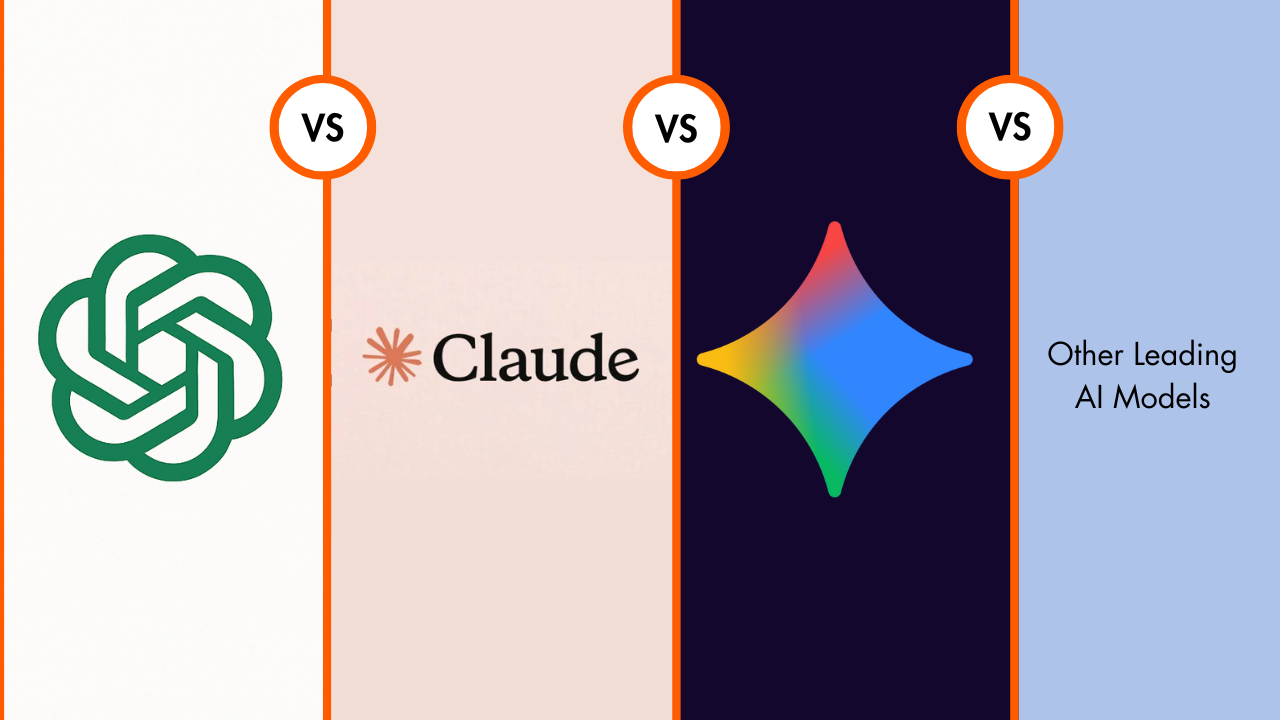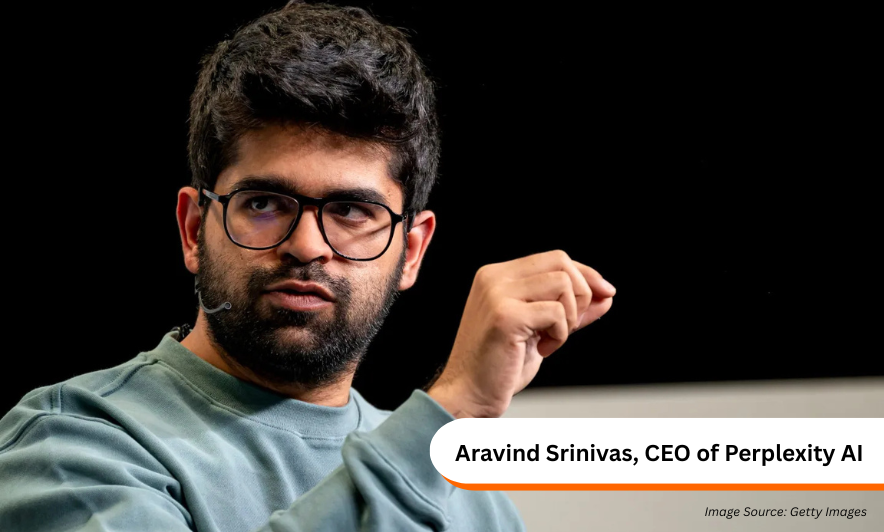Understand the key differences between Machine Learning and Deep Learning, their applications, benefits, limitations, and how each technology helps businesses leverage AI more effectively.
Artificial Intelligence (AI) has completely changed how businesses
operate, driving innovation across industries from healthcare to finance.
Within AI, two terms are frequently mentioned: Machine Learning (ML) and Deep
Learning (DL). Although they are interconnected, they are not the same.
Understanding their differences can help organizations and professionals
leverage these technologies effectively.
What is Machine Learning?
Machine Learning is a subset of AI that enables systems to learn from
data and improve over time without explicit programming. ML relies on
algorithms that analyze patterns in structured data to make predictions or
informed decisions. A critical aspect of ML is the role of human intervention:
data scientists often manually select features and pre-process data to train
the models.
ML works well even with smaller datasets and doesn’t necessarily require
heavy computational power, making it accessible for many organizations. Common
applications include recommendation systems, fraud detection, predictive
maintenance, and email spam filters. For example, a bank might use an ML model
to assess credit risk by analyzing a customer’s financial history, without
human bias impacting the decision.
What is Deep Learning?
Deep Learning, on the other hand, is a more specialized subset of
Machine Learning. It leverages artificial neural networks with multiple layers,
hence the term “deep” is used, to model highly complex patterns in large
datasets. Inspired by the human brain’s structure, DL systems can automatically
identify features from raw data, reducing the need for manual intervention.
Deep Learning thrives when working with unstructured data, such as
images, videos, and audio. However, it requires vast amounts of labeled data
and significant computational resources, often relying on GPUs to process
information efficiently. Real-world applications of DL include self-driving
cars, facial recognition, speech-to-text services, and advanced natural
language processing systems. For instance, a facial recognition system can
automatically identify individuals from millions of images, continuously
improving its accuracy as it processes more data.
Key Differences
While Machine Learning and Deep Learning share the goal of enabling
computers to “learn,” they differ in approach, complexity, and application. ML
typically requires human involvement for feature selection and performs well
with structured data. Deep Learning excels at understanding unstructured data
and can identify patterns automatically, but it demands more resources and
larger datasets.
Choosing between ML and DL depends largely on the task at hand. For
simpler problems or when data is limited, Machine Learning is often sufficient.
For complex tasks like image recognition, voice assistants, or language
translation, Deep Learning is better suited due to its ability to process vast,
intricate datasets and uncover subtle patterns.
Both Machine Learning and Deep Learning play an important role in the AI
ecosystem. Machine Learning provides robust, efficient solutions for a variety
of structured-data problems, while Deep Learning pushes the boundaries of
what’s possible with unstructured data and advanced pattern recognition.
Understanding the strengths, limitations, and appropriate applications of each
helps organizations make informed decisions that maximize the potential of AI.
As AI continues to evolve, mastering these technologies is no longer
optional but essential for businesses aiming to remain competitive and
innovative in a data-driven world.
















